This week I got my nose into a whole bunch of new varieties. Actually, as it turned out, most of them weren’t that new—and some were pretty old. Just east of Toulouse, in Lisle Sur Tarn, is one of seven regional offices of l’Institut Français de la Vigne et Vin. Not surprisingly, this particular outpost concerns itself primarily with “le Sud-Ouest”—the part of the country that includes France’s largest region, Languedoc.
The biologists, viticulturists, scientists and many others who work at l’Institut are very much wired in to the realities past, present and future of wine. However, what makes this corner of the country so interesting is that the region is the indigenous home to some 130 of France’s 388 ‘known’ varieties and mutants. Not to mention a whole lot more—including a few survivors of what used be a considerable number of wild, forest vine species.
The 12 principal indigenous south west grapes range from better known Cabernet Franc, Malbec, Tannat and Colombard (and their forebears), to the lesser known Fer Servadou, Duras, Negrette and Gros Manseng, to nearly vanished Prunelard (the ‘father’ of Malbec—also locally known as Côt).
Prunelard (traced from Greco-Roman times) is a beautiful plummy and peppery drop that lives up to its name. There may be only 40 ha. under vine but its presence in ongoing research is vital, particularly as the climate seems bent on shifting somewhere—whatever your perspective.
Research institutes such as this, which work closely with industry partners, are a vital part of any major wine region. To understand that, all you need do is look at BC’s own Pacific Agri-Food Summerland research centre, in the heart of the Okanagan Valley.
Chances are you won’t be tasting a whole lot of Loin de l’Oeil (Len de L’El), Mauzac or Petit Manseng any time soon—at least not knowingly—although we did taste some excellent wines at a Gaillac tasting later, which I’ll get to.
However, what is striking is the recent growth in popularities of varieties such as Cabernet Franc and Malbec, and their propagation globally that’s turned them into wine household names. A century ago these strains were virtually confined to their home turf and probably considered unlikely candidates as single varietal stars in Chile—or a far flung part of Canada.
Read more about Prunelard here
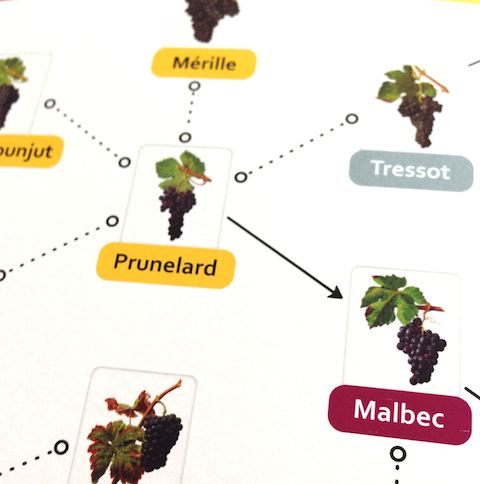
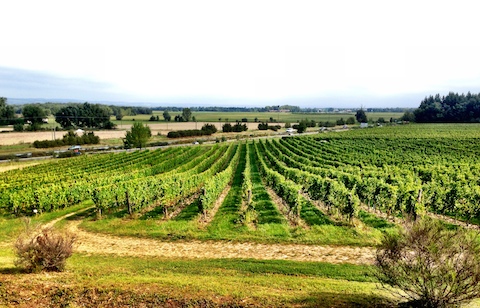
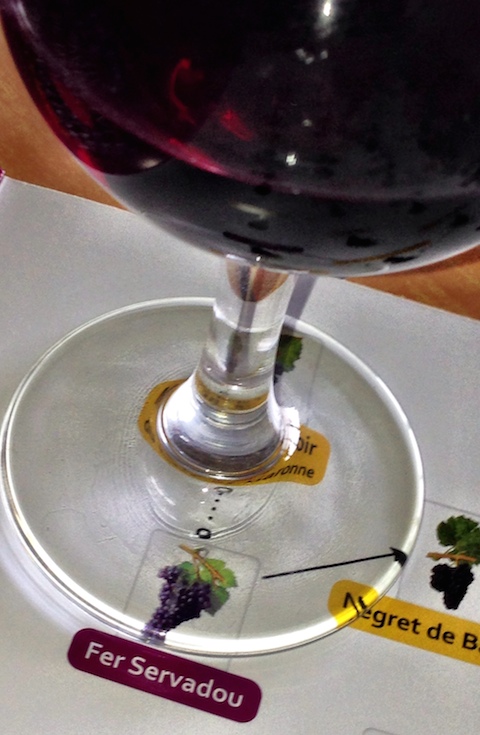
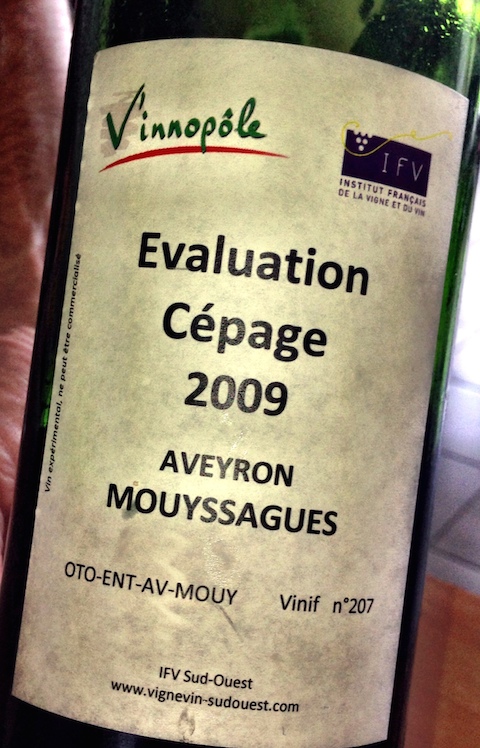
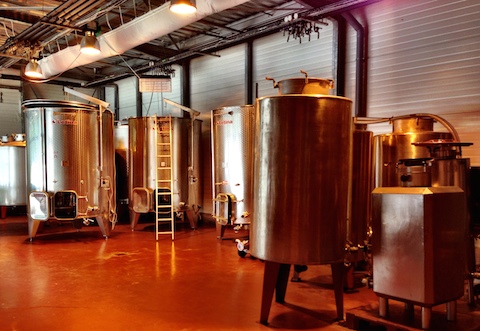
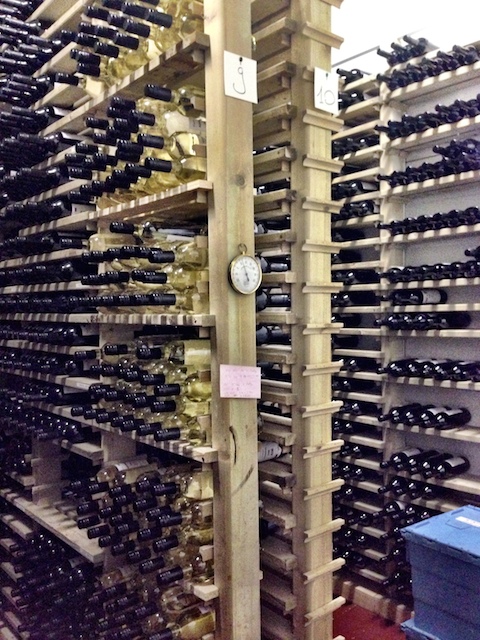

Leave A Comment